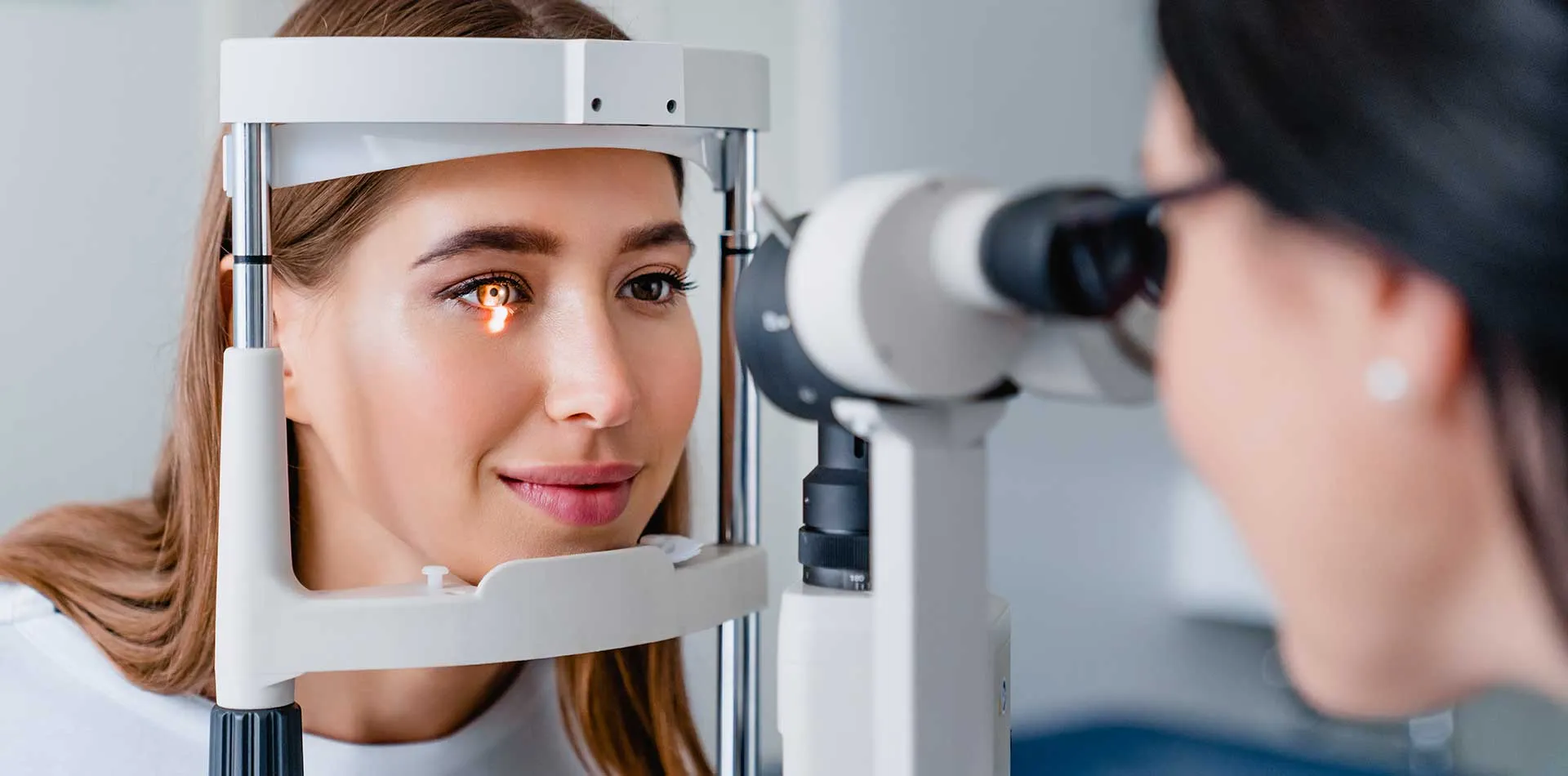
A cataract is a clouding of the lens in the eye that affects vision. Most cataracts are related to aging. Cataracts are very common in older people. By age 70, more than half of all humans have either a cataract or have had cataract surgery. A cataract can occur in either or both eyes. It cannot spread from one eye to the other.
The risk of cataracts increases as you get older. Other risk factors for cataracts include certain diseases such as diabetes. Personal behaviors such as smoking and alcohol use. An environment that has prolonged exposure to ultraviolet sunlight can also accelerate the development of cataracts.
The most common symptoms of a cataract are:
Although most cataracts are related to aging, there are other types of cataracts:
Secondary cataract. Cataracts can form after surgery for other eye problems, such as glaucoma. Cataracts also can develop in people who have other health problems, such as diabetes. Cataracts are sometimes linked to steroid use.
Traumatic cataract. Cataracts can develop after an eye injury, sometimes years later. Congenital cataract. Some babies are born with cataracts or develop them in childhood, often in both eyes. These cataracts may be so small that they do not affect vision. If they do, the lenses may need to be removed.
Radiation cataract. Cataracts can develop after exposure to some types of radiation.
The symptoms of early cataracts may be improved with new eyeglasses, brighter lighting, anti-glare sunglasses, or magnifying lenses. If these measures do not help, surgery is the only effective treatment. Surgery involves removing the cloudy lens and replacing it with an artificial lens. A cataract needs to be removed only when vision loss interferes with your everyday activities, such as driving, reading, or watching TV. You and your eye care professional can make this decision together. Once you understand the benefits and risks of surgery, you can make an informed decision about whether cataract surgery is right for you. In most cases, delaying cataract surgery will not cause long-term damage to your eye or make the surgery more difficult. You do not have to rush into surgery. Sometimes a cataract should be removed even if it does not cause problems with your vision. For example, a cataract should be removed if it prevents examination or treatment of another eye problem, such as age-related macular degeneration or diabetic retinopathy. If you choose surgery, your eye care professional may refer you to a specialist to remove the cataract. If you have cataracts in both eyes that require surgery, the surgery will be performed on each eye at separate times, usually four to eight weeks apart.
Some of the intraocular lenses offered are
Monofocal Intraocular lenses (IOLs) are implanted inside the eye to replace the eye’s natural lens after its removal in the surgery.
Toric Multifocal IOLs are premium intraocular lenses that correct astigmatism and nearsightedness or farsightedness.
Extended Depth of Focus or Multifocal IOLs (presbyopia-correcting IOLs) that can decrease your need for reading glasses or computer glasses after cataract surgery.
Patient Experience